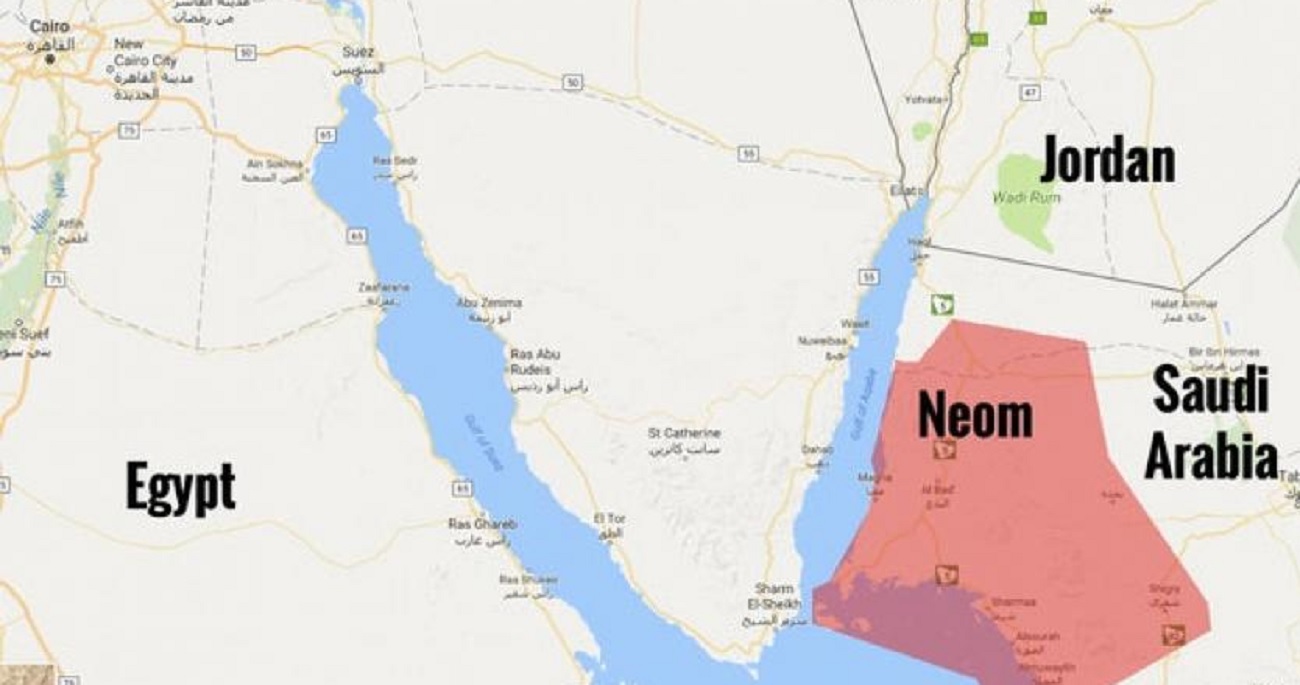Meet the Cybertruck, Tesla's Ford-Fighting Pickup Elon Musk has revealed the latest Tesla model, promising hundreds of miles of range for about $40,000. ....... the top-of-the-line variant, starting at $69,900, will go more than 500 miles between charges, hit 60 mph in under 3 seconds, tow up to 14,000 pounds, and start production in late 2022. ..... Musk spoke to the importance of entering the pickup segment, one of the most popular in the US....... for unclear reasons, it’s bulletproof, at least to a 9-millimeter handgun...... Pickup trucks make up roughly 15 percent of US vehicle sales, a share that has steadily grown since 2009 .......
The Ford F-150 has been the top-selling passenger vehicle in the US for 36 years straight; Americans buy nearly a million every year.
... General Motors nets, on average, $17,000 per pickup. ...... On high-end models with the sorts of options that push sale prices above $100,000, that margin can reach $50,000. ...... The large, expensive vehicles accommodate large, expensive batteries better than a compact sedan does....... Pickup customers are less likely to live in an apartment building than a single-family house where they can install a home charger. On the other hand, public charging infrastructure is hardly developed in the middle of the country where pickups are especially popular. ........ Pickup buyers.. hardly consider fuel economy when shopping. They care about capability and reliability. Plus, compared with other drivers, they’re particularly loyal to their brands of choice.......... For the Cybertruck to succeed the way the Model 3 has, Tesla must steal the customers Ford, GM, Chrysler, and other automakers most value. ....... The Roadster, Model S, Model X, and Model 3 also hit the market well after Musk’s targets. Once they did, they came off the line slowly and with problems.https://www.tesla.com/cybertruck
Tesla Cybertruck: Impressive Specs, Killer Price, Polarizing Looks What was revealed has some damned impressive claimed specs — pretty close to Musk’s boasts that it needs to be better than a Ford F-150 and a Porsche 911 — and a price that made the audience gasp. What was revealed also looks like a 32-bit rendering of that truck you tried to doodle in class before you remembered that you’re bad at drawing. It’s a very interesting mixed bag....... The internet is already full of memes based on the looks of the Cybertruck, because the internet remains undefeated. Musk’s “armored personnel carrier from the future” looks like what the Ghost of Video Games Past drives........ the Cybertruck is bulletproof. Tesla claims the 30-times cold-rolled steel body can withstand a 9 mm bullet fired from 10 meters away........ After dropping metal balls from varying heights on sample pieces of traditional car glass (shattered right away) and the Cybertruck’s “armor glass” (never broke), Musk had Tesla chief designer Franz von Holzhausen throw one of the metal balls at the windows of the Cybertruck on stage. Twice. And each time, the window cracked significantly. Musk was quick to point out that nothing broke into the cabin, and joked about fixing it “in post,” but it was an extremely awkward and deeply funny moment that is going to be replayed on TV and online again and again........ we’re still waiting for the new Roadster two years after its reveal






